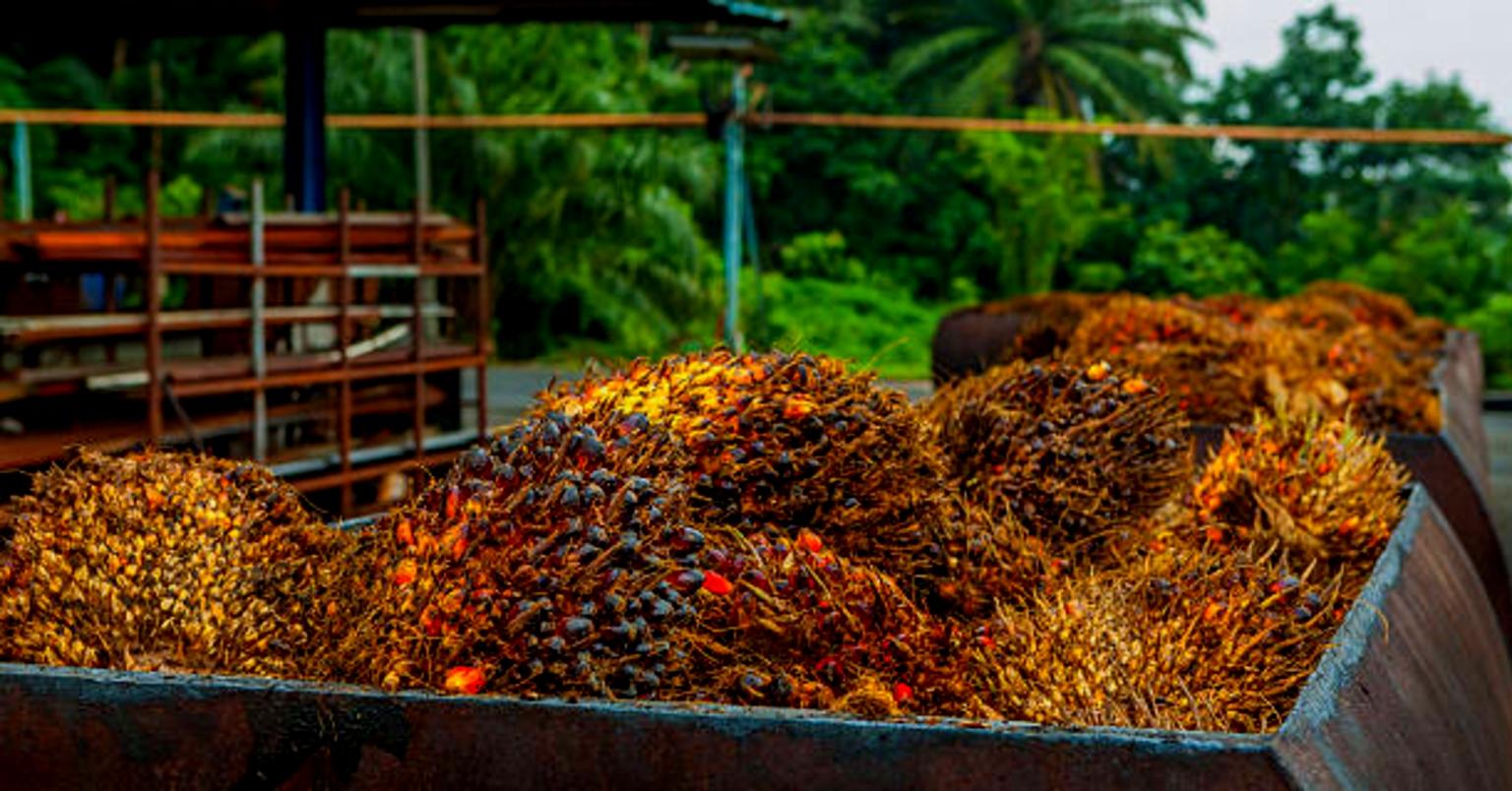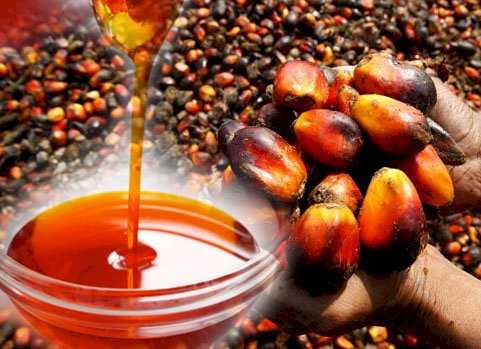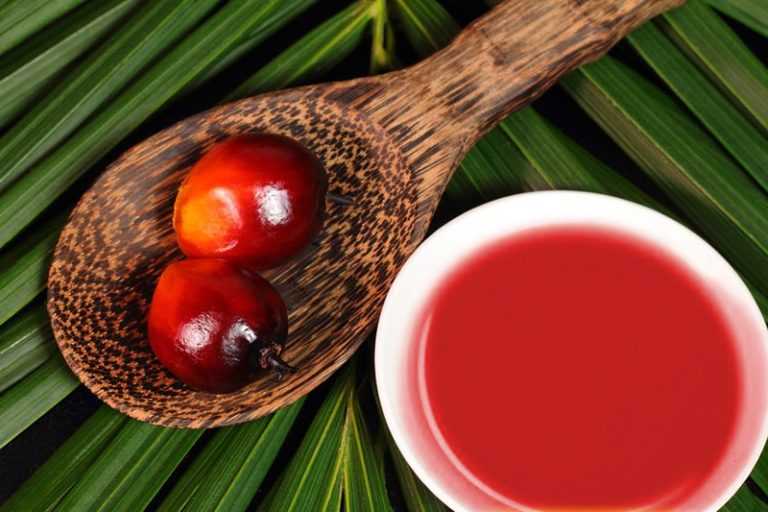How Palm Oil Is Processed: All You Need To Know (2023)
This article explains what palm oil is and how it is processed.
Palm oil is an edible vegetable oil. It is a highly essential commodity and an important food ingredient in most Nigerian (and African) homes.
They used the oil in food manufacturing, in beauty products, and as biofuel.
Palm oil is naturally reddish because of a high beta-carotene content.
It is not to be confused with palm kernel oil derived from the kernel of the same fruit or coconut oil derived from the kernel of the coconut palm (Cocos nucifera).
Before we discuss how palm oil is processed, let see the components.
Componenents of Palm Oil
Palm oil, like all fats, is composed of fatty acids, esterified with glycerol.
Palm oil has an especially high concentration of saturated fat, specifically the 16-carbon saturated fatty acid, palmitic acid, to which it gives its name.
Monounsaturated oleic acid is also a major constituent of palm oil. Unrefined palm oil is a significant source of tocotrienol, part of the vitamin E family.
Palm oils are easier to stabilize and maintain quality of flavor and consistency in processed foods, so are frequently favored by food manufacturers.
How Is Palm Oil Processed
The palm oil journey begins in producing countries where oil palms are planted. These trees start producing fruits only after 2-3 years after planting.
If individual fruits start falling off, then this means they are ready for harvest.
After being harvested, the red fruit bunches are delivered to the mills within 24 hours. Once there, these fresh fruit bunches are divided into different groups to check their quality.
The ripeness of the oil palm fruit is one of the most important factors that determines the quality of the bunches.
Read: How To Identify Adulterated Palm Oil
In the processing of fresh fruit bunches, palm oil mills produce palm oil mill effluent, empty fruit bunches, and finally, a mixture of kernel, fibers and oils.
All of these elements eventually serve a purpose. But for palm oil, the fruit bunches are the most important element.
A next step in this journey is producing the oil. For this purpose, the fruit bunches are treated with steam.
This is an important step as it eliminates any bacteria and puts a stop to enzyme activity. In this way, the degradation of the fruit is brought to an end.
In the meantime, the steamer softens the oil palm fruits, which in turn helps to relieve the natural oil.
After this steam treatment, the fruit masses, which contain water, oil, fibers, palm kernel are treated to separate all components.
They then put this natural fruit under high pressure to squeeze out the oil and water. As a result, a water-oil mixture is produced.
As water and oil do not mix after some time, the palm oil will form an oil layer on the top. In this way, we can then extract the oil from the water.
What it finally results are the first drops of natural crude palm oil. This will need further processing at the refinery.
Statistics On Palm Oil
On average, globally, humans consumed 7.7 kg (17 lb) of palm oil per person in 2015.
Demand has also increased for other uses, such as cosmetics and biofuels, creating more demand on the supply, encouraging the growth of palm oil plantations in tropical countries.
Oil palm crops grow in humid tropical conditions, which can be found 8 – 10 degrees north and south of the equator. Originally found in West Africa, the oil palm tree is now cultivated across Asia, Africa and Latin America.
Indonesia and Malaysia are by far the largest palm oil-producing nations. Together, they account for 85-90 percent of the total production of this vegetable oil. Other important producing countries are Colombia, Nigeria and Thailand.
As of 2018, Nigeria was the third-largest producer, with approximately 2.3 million hectares (5.7 million acres) under cultivation.
Until 1934, Nigeria had been the world’s largest producer. Both small- and large-scale producers participated in the industry.
Nutritional Composition Of Palm Oil
A one-tablespoon serving of palm oil contains:
- Calories: 120
- Protein: 0 grams
- Fat: 14 grams
- Carbohydrates: 0 grams
- Fiber: 0 grams
- Sugar: 0 grams
As seen in the nutritional composition, we can see palm oil has many benefits for our health.


